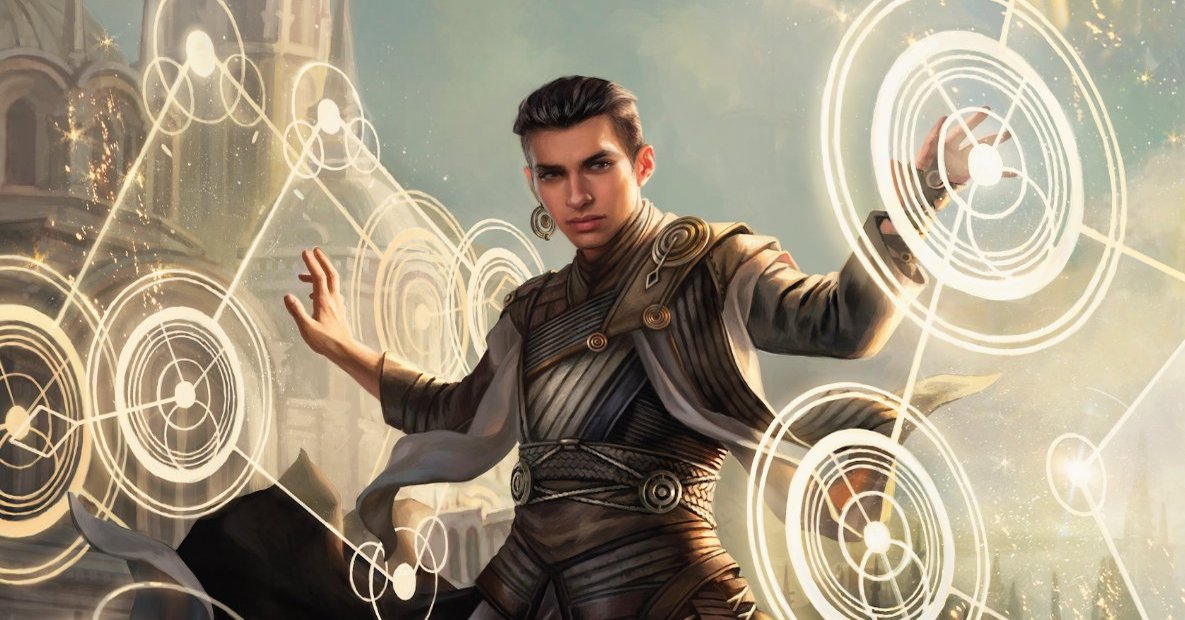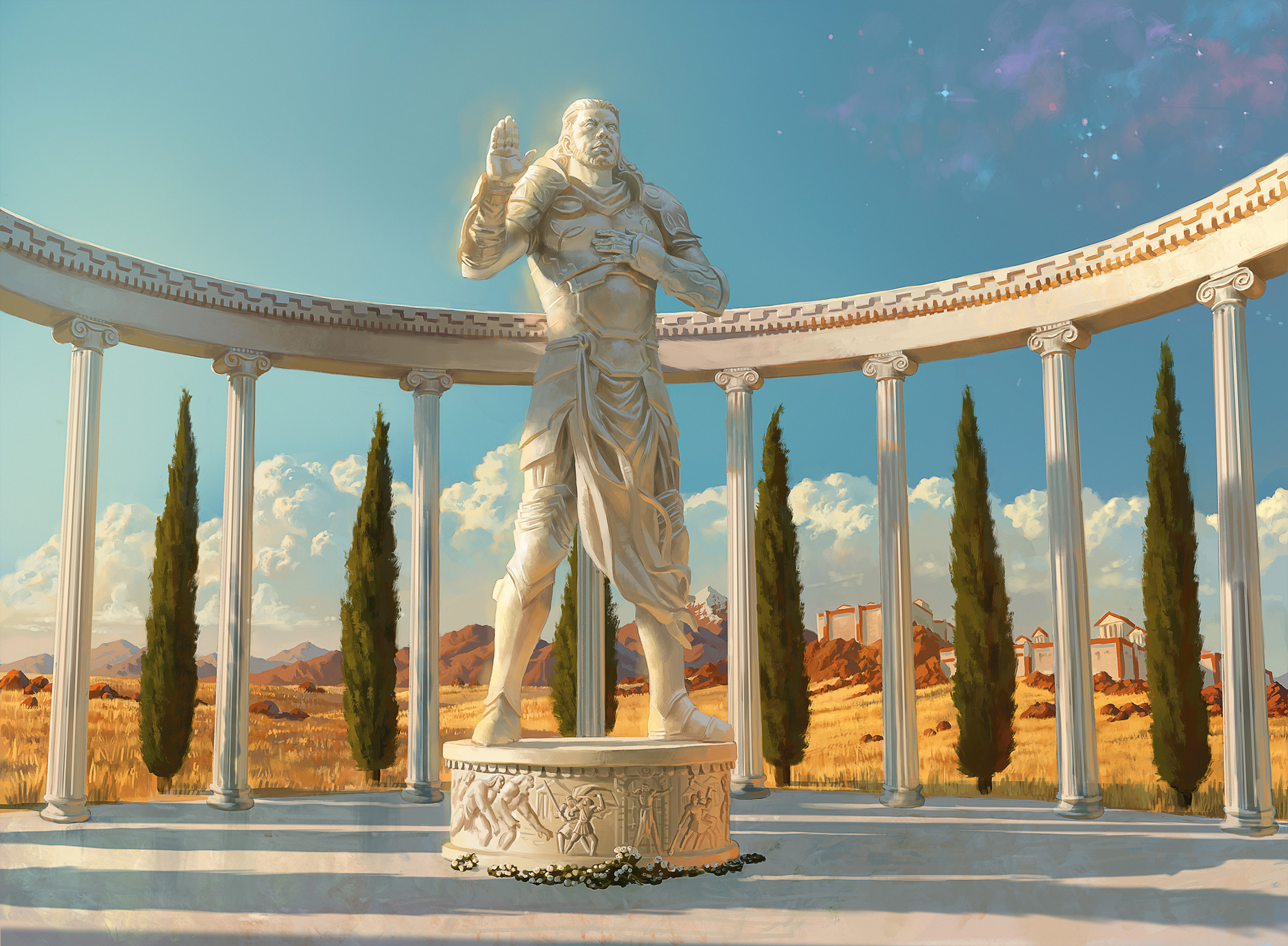Finally! Almost exactly eight years after the last Magic novel, Ravnica: War of the Spark by Greg Weisman officially releases today, April 23, 2019. It is the first Magic novel since 2011’s Scars of Mirrodin: The Quest for Karn. Wizards of the Coast was kind enough to send me a review copy.
Ravnica: War of the Spark is an Enjoyable Read, But it Doesn’t Live Up to the Massive Hype
I want to set realistic expectations here—I went into the novel expecting that it would live up to the unmatched hype War of the Spark’s trailer and preview season had built up, and in the long run I think that hurt my enjoyment of it.
Overall, I would happily recommend Ravnica: War of the Spark to anyone interested in Magic’s story. It’s a good, somewhat sloppily-executed story, and it’s still fun to read despite its flaws. It’s far from a masterpiece of writing, as its story is often a bit of a mess, rushing from event to event without the time to truly lend weight to any of them. There’s just so much going on that events which could easily be the focus of entire chapters flash by in a page or less. Remember this time last year that everyone was afraid that Infinity War would be a mess of a story, before we all realized Marvel had pulled off an actual miracle to make it work? That is what befell Ravnica: War of the Spark.
All that aside, Ravnica: War of the Spark is an enjoyable read. It’s 360 pages long, but with fairly large font, which translated to four or five hours of reading time in my case. The writing itself is not dense and is somewhat obviously intended to be readable by anyone in Magic’s 13+ target audience. There were no issues with established characters’ personalities being blatantly ignored, which plagued previous Magic novels, though a lot of fantastic characters pass by with barely a mention due to the sheer scope of the cast involved.
As a standalone book or an entry point point for anyone recently interested in the Magic story, Ravnica: War of the Spark is passable but obviously incomplete. My personal recommendation would be to read the novel and use it as a guide to figure which characters interest you, so you can then explore Magic’s many other stories. With a few exceptions (Jiang, Mu, Rat, Teyo, Tibalt, Tomik, and the Wanderer), every character named in this book has other stories in which they appear. Most of those are available for free online, and lend every aspect of this story more depth the more you read. That being said, this book doesn’t hinge upon you knowing the decades of backstory that went into it.

Teyo, the Shieldmage by Magali Villeneuve
Teyo’s Point of View is an Inspired Narrative Choice
The choice of brand-new planeswalker Teyo as one of the chief point-of-view characters was inspired, and one of the few things about the book I can praise unequivocally.
Weisman brings the young shieldmage to life more organically than anyone else in the massive cast. Teyo’s spark is actually ignited at the same time as Ral’s Interplanar Beacon, and the young boy’s constant, often confused attempts to understand his new reality as it descends into madness around him do a good deal to make the book’s frenetic pace feel more natural.
Teyo is also the only character whose voice feels entirely unique, which is a shame considering how much work has been put into giving all members of the Gatewatch personal ways of expressing themselves up to this point.
The Plane of Ravnica is Relegated to the Background
I think my greatest criticism of the book is that, while it does what it needs to to make the planeswalkers feel important, the same cannot be said of Ravnica. The City of Guilds often feels like an afterthought, made relevant only because of an “assemble all the guilds” side arc that sometimes works and sometimes falls flat.
Rakdos is the only Ravnican being that is truly given his due here. Most guilds are only embodied through whichever planeswalkers are associated with them. Niv-Mizzet is cast as the annoying smaller cousin to the two elder dragons, and Aurelia in particular is barely characterized beyond “soldier with wings.”
A Focus on Relationships
Perhaps the biggest surprise this book had for me was how much time it devoted to relationships. There’s nothing explicit—this is at least nominally a children’s story. But after years of teases in various directions that some of our favorite characters might be forming deeper connections, we finally get to see several relationships develop or be officially acknowledged for the first time. This aspect of the story was handled well, and I was pleasantly surprised to see it in official Magic fiction.
Looking Forward
While much of Ravnica: War of the Spark is dedicated to resolving problems arising from previous stories, it also casts a few threads forward to set up future arcs. While I won’t get into specifics, at least three storylines have been set in motion. I’m beyond excited to see how some of them play out, and legitimately worried about one of them. They give me hope that there’s a lot for us to look forward to in the next few years of the Magic story.
I’ve been hard on Ravnica: War of the Spark in this review, but I want to be clear that I would happily recommend it to anyone interested in Magic’s story. It’s a good, somewhat sloppily-executed story, and still fun to read despite its flaws. Expectations are important part of how we experience stories, and this book falls a little short of the massive hype currently surrounding it.
Before we leave this chapter of the story behind, it feels wrong to go without saying goodbye to a character that meant a lot to me:
Rest in Peace, Kytheon Iora.

Rest in Peace by Jason Rainville
Levi Byrne has been with the game since Worldwake and has a rabid love for fantasy writing that goes back decades. Despite some forays into Legacy he plays Commander almost exclusively, and has a love for the crazy plays and huge games that make Magic what it is. He was the go-to advisor of his playgroup on deck construction for more than five years before joining Dear Azami.
This post contains Amazon referral links from which Hipsters of the Coast may receive a commission.

